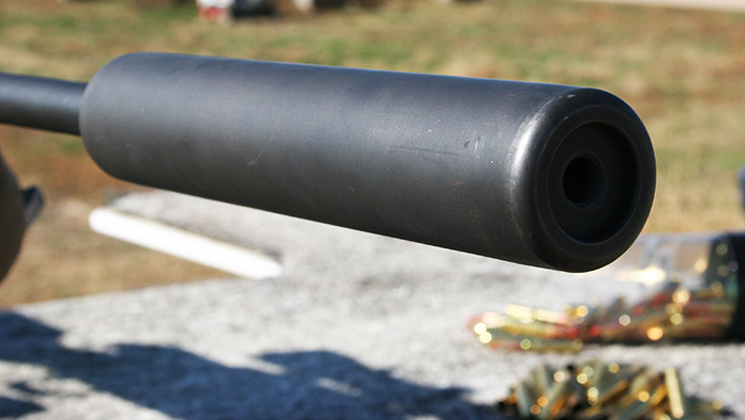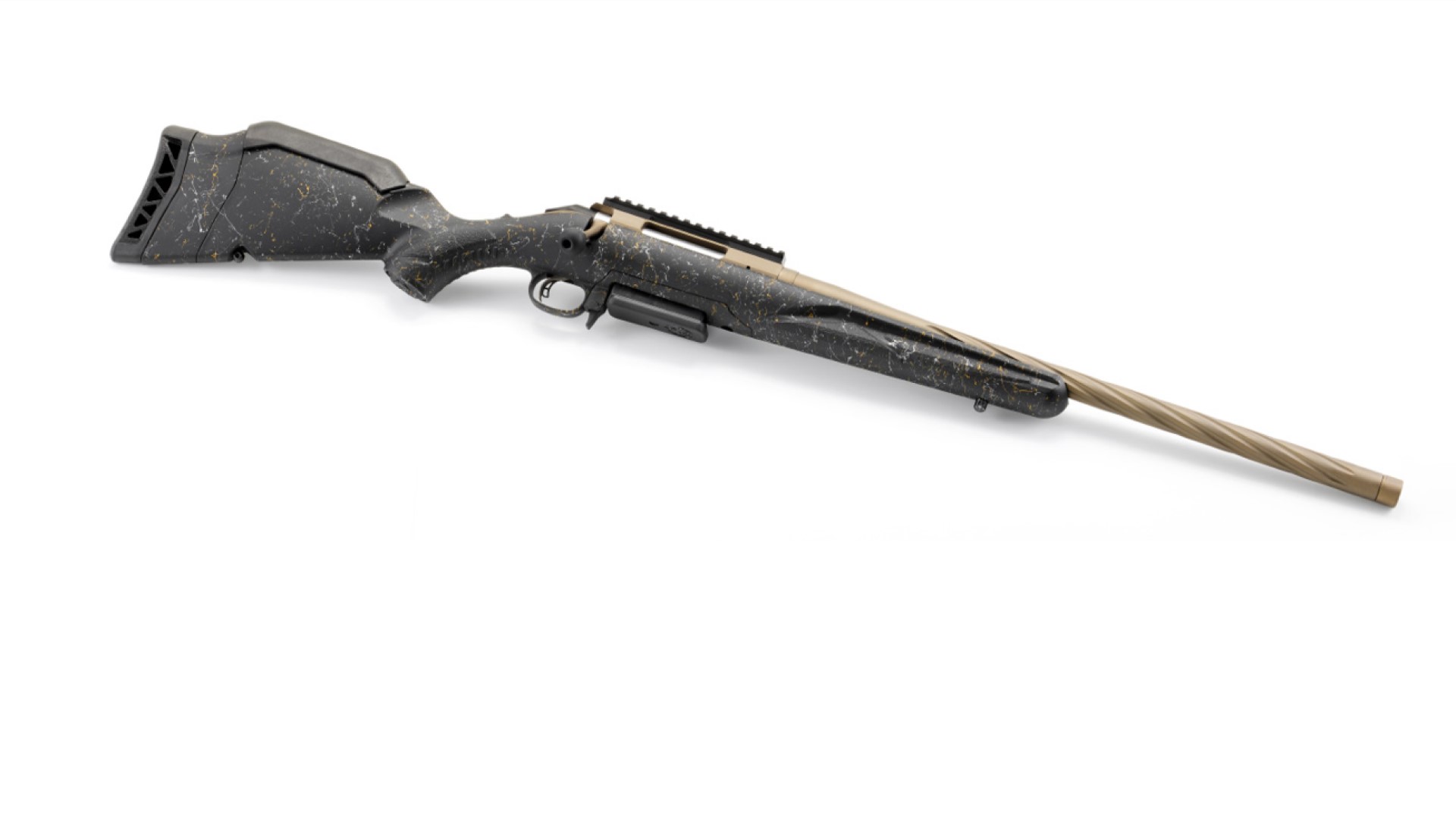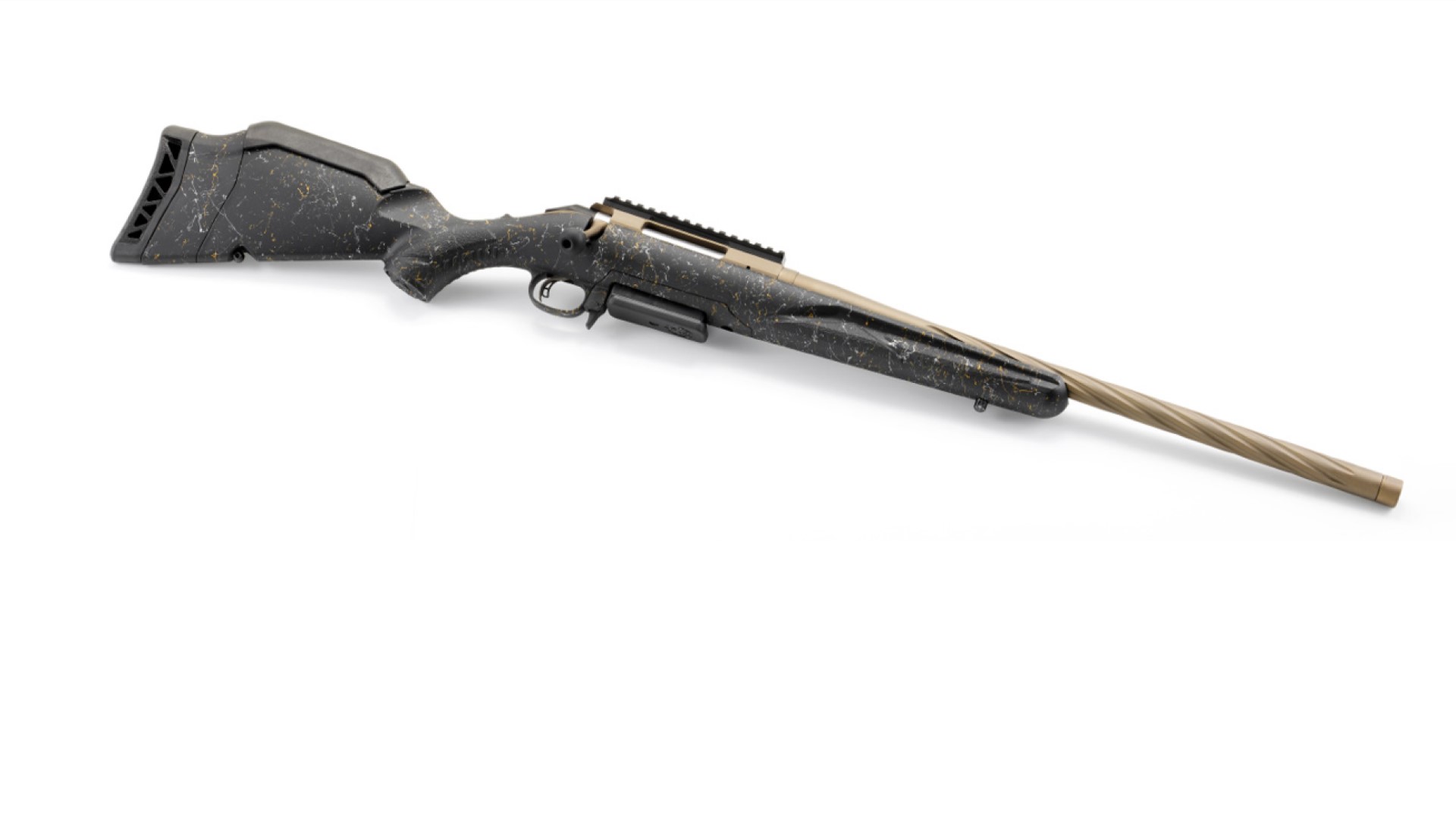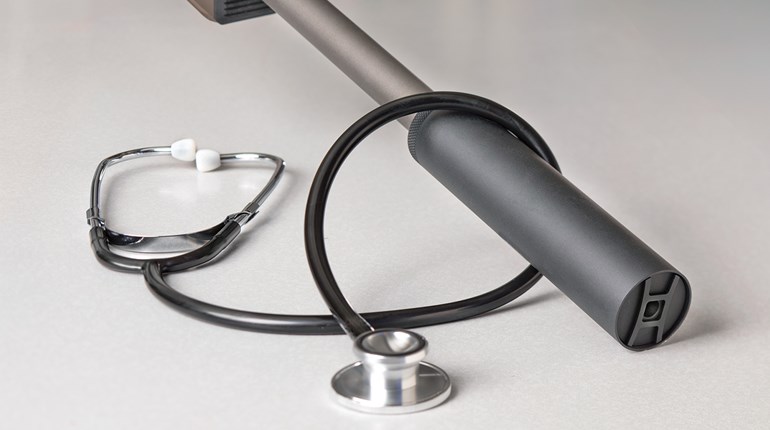
Suppressors are becoming increasingly prevalent among American shooters and have been the norm in England for decades. In fact, it is considered bad form to shoot without a suppressor. Suppressors are now legal for ownership in 42 states, and are definitely picking up steam in the American market. Law-abiding citizens in any of the states where ownership is allowed can own them. There is a registration process and you'll need to purchase through a suppressor dealer's shop. If it is something you are interested in, find a dealer in your state and get the facts.
The movies have done a terrible job of educating the population about suppressors. Suppressors don't silence muzzle report. They simply reduce the speed and heat of the muzzle exit gases, which reduces muzzle blast. Bullets that are supersonic, or flying faster than the speed of sound, make a sonic boom just like a jet flying faster than the speed of sound. Suppressors will not reduce this noise. When used with subsonic ammunition, suppressors reduce noise, but do not completely eliminate it. If you'd like to hear a suppressor in action with both supersonic and subsonic ammunition, check out the video below.
Modern suppressors use a series of baffles that disrupt the fast-moving muzzle exit gases, slow them down and cool them off, very much like a muffler on a car. Suppressor baffles do not actually touch the bullet as it passes through, so suppressors have very little effect on accuracy. If your gun is accurate without a suppressor, odds are it's going to be accurate when you put a suppressor on. Conversely, if your gun isn't that accurate, a suppressor is not likely to make it shoot better.
Suppressors can have various effects on the point of impact of firearms on which they are installed. They range from very minimal shifts in point of impact, to significant shifts. Point of impact should always be tested after installing a suppressor.
Want to get more facts about suppressors? Visit NRA-ILA for more.







































